These tools used by an extinct ancestor of modern-day humans and found in a cave in Poland have been dated back half a million years.
The impressive discovery was made at the Tunel Wielki cave in the Lesser Poland Voivodeship in south-eastern Poland, with experts saying that the discovery challenges current understandings about early humans, who until now were not thought to have lived in caves at that point in time.
The Polish researchers, who studied the tools recently after they were first dug up some fifty years ago, found that they were about half a million years old.
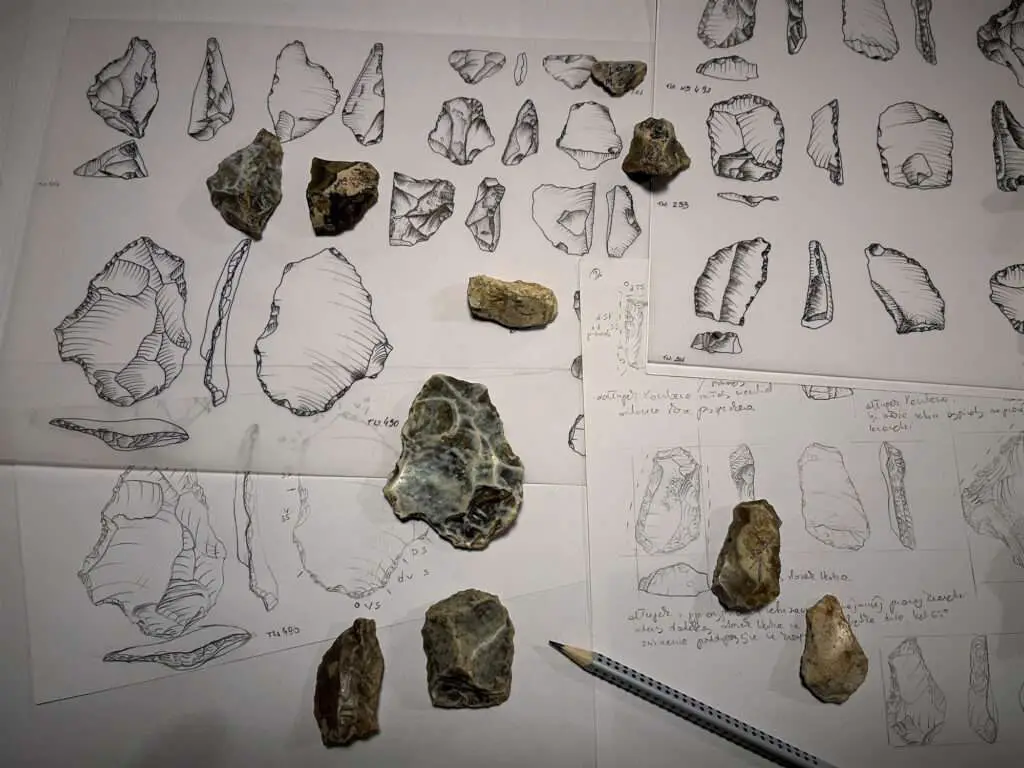
They revealed that parts of the cave that had not been explored before also contained flint tools made about 500,000 years ago by an extinct species of human called Homo heidelbergensis.
Homo heidelbergensis is not a direct ancestor of modern-day humans but is rather the ancestor of another relative of Homo sapiens – the Neanderthal.
Until now, scientists had believed that the oldest traces of humans in the cave dated back 40,000 years.
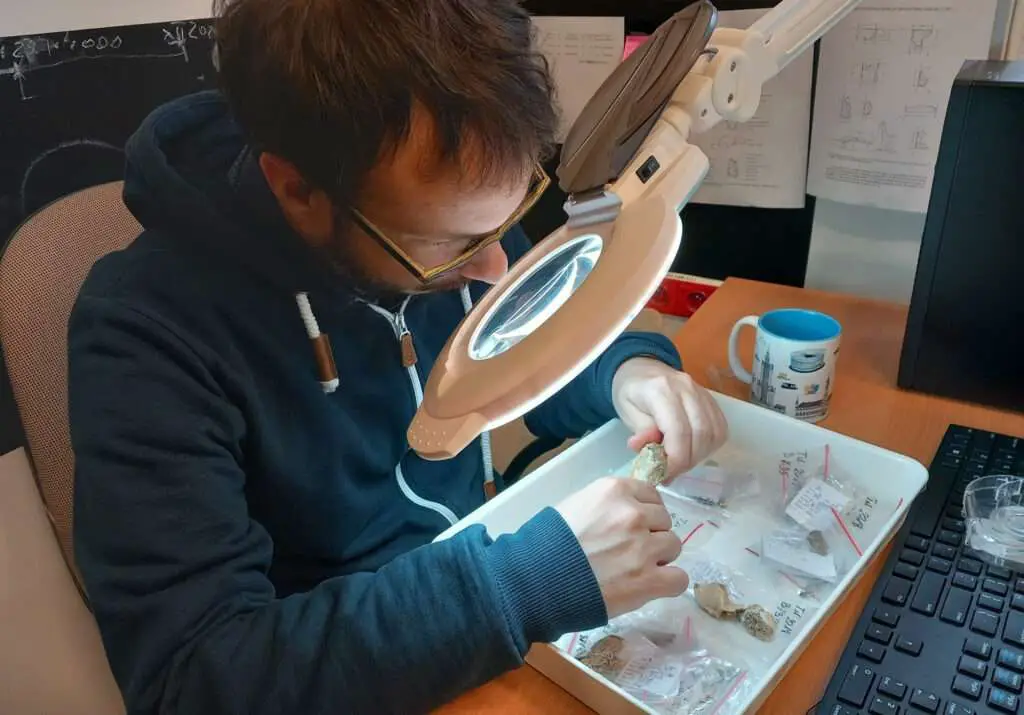
Dr Malgorzata Kot, a University of Warsaw archaeologist, told Science in Poland: “Until now, we knew only two places in present-day Poland, where equally old flint artefacts were discovered – in Trzebnica and Rusko in Lower Silesia.”
Dr Kot also said: “It all started with a remark of an expert working on the remains of small mammals, Dr. Claudio Berto. He said that the species he analysed were certainly older than 40,000 years and could be up to half a million years old.”
Tests were carried out on remains from other, larger species – including an ancestor of the cave bear, a cave lion and a jaguar – and it was quickly determined that some of them dated back half a million years.
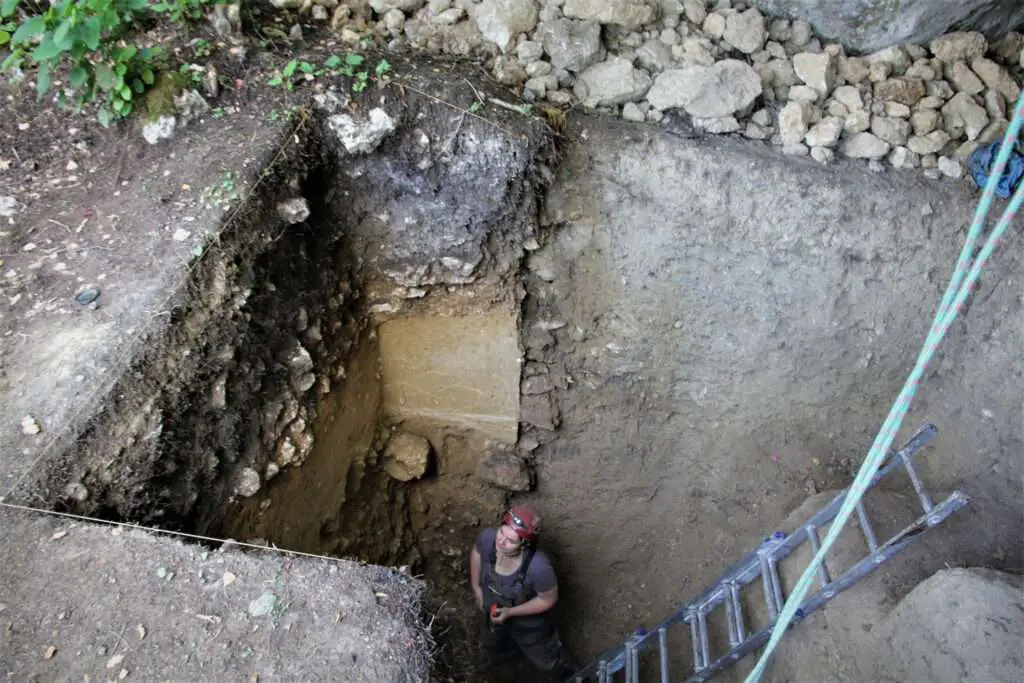
There are about 40 flint artefacts in the same area, including some small flint knives.
Dr Kot said: “Since these items come from the same layer as the bones, it means that their age is very similar. This assumption was confirmed by excavations carried out in the cave in 2018.
“They confirmed the arrangement of layers described by researchers half a century ago. We also discovered more production waste and animal bones.”
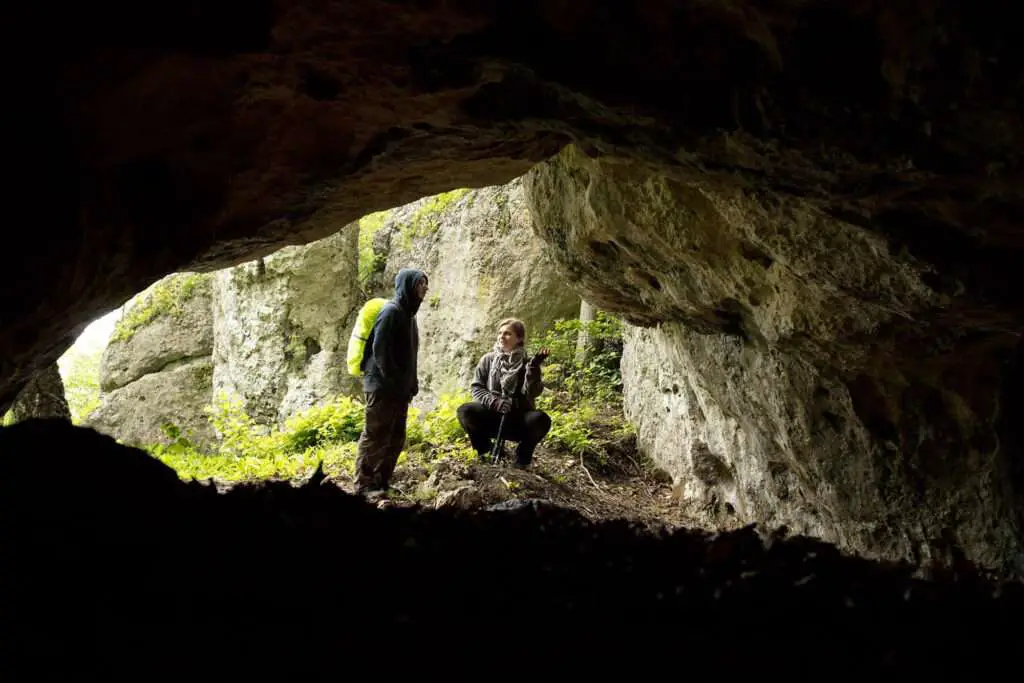
The animal bones, however, did not appear to have been cut all used by the early humans. This indicated that they did not come from animals hunted by the early humans, who are believed to have hunted less dangerous species, such as rhinoceroses, horses and deer.
The experts also believe that the predators that lived in the cave may not have been there at the same time as the early humans, who might have only occupied the cave temporarily.
Dr Kot said: “Until now, we knew only two places in present-day Poland, where equally old flint artefacts were discovered – in Trzebnica and Rusko in Lower Silesia. There are no older traces of the presence of man in our lands.”
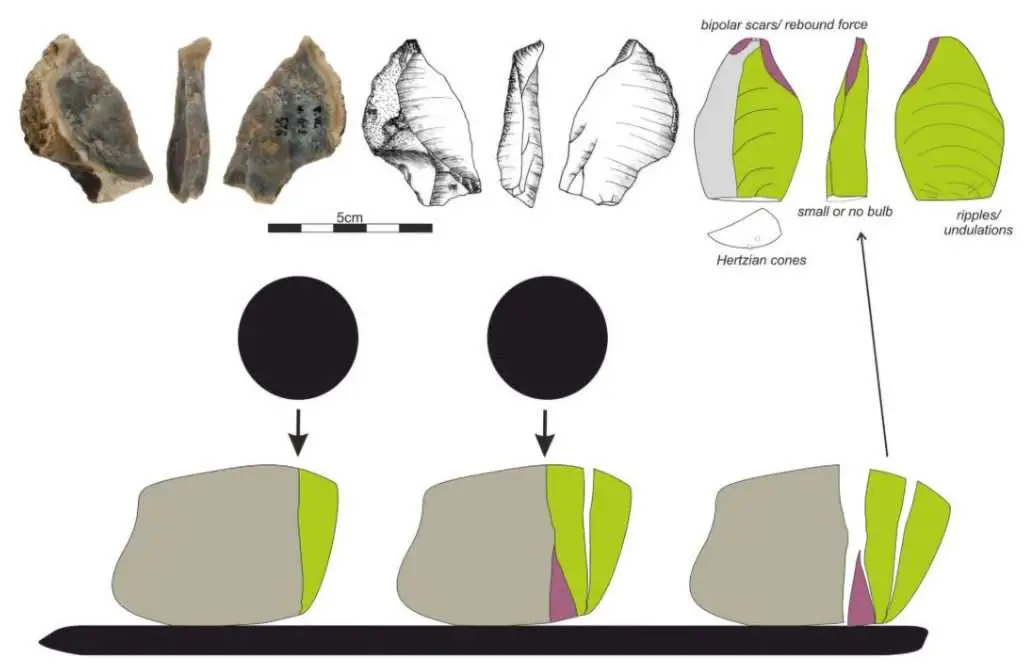
She added: “We were surprised that half a million years ago people in this area stayed in caves, because those were not the best places to camp. Moisture and low temperature would discourage that. On the other hand, a cave is a natural shelter. It is a closed space that gives a sense of security.
“We found traces that may indicate that the people who stayed there used fire, which probably helped tame these dark and moist places.”
The experts now hope that in the future they might be able to find bones belonging to Homo heidelbergensis in the Cave Tunel Wielki.

These would be the oldest human remains to be found in Poland.



